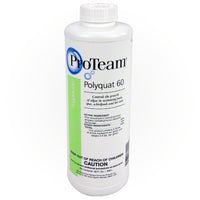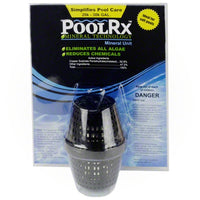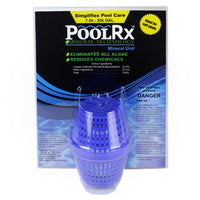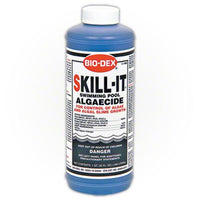Understanding Pool Chemistry: A Beginner's Guide to Balancing pH and Chlorine Levels
Owning your own swimming pool can mean you have a refreshing oasis right in your own backyard on hot summer days. However, maintaining your oasis requires more than just regular cleaning; it demands maintaining good water chemistry to keep things sparkling clean. Balancing pH and chlorine levels is the crucial key to maintaining good water chemistry. This beginners guide will help you grasp the essentials to keep your pool safe and crystal clean.
Why Does Pool Chemistry Matter?
Proper pool chemistry ensures that your water is safe for swimming and does not irritate your swimmers’ eyes and skin. Unbalanced water can lead to many issues, such as algae growth, cloudy water, and even costly damage to your pool equipment. The key elements you need to maintain at proper levels to avoid these problems are pH level and chlorine concentration.
Understanding pH Levels
pH is the measure of acidity or alkalinity in your water. The scale is measured from 0 to 14, with 7 being neutral. The ideal pH for your swimming pool water is 7.2 to 7.8.
Maintaining this range is crucial because:
Low pH (below 7.2): Your water becomes acidic. Acidic water can corrode metal parts of your pool equipment, damage your pool liner, and cause skin and eye irritation in swimmers.
High pH (above 7.8): Your water becomes too alkaline, this leads to scaling on your pool surfaces and equipment, cloudy water, and reduces the effectiveness of chlorine.
Balancing pH Levels
pH levels can be adjusted by using pH increasers- sodium carbonate or soda ash, or pH decreasers- muriatic acid or sodium bisulfate. Regular testing with pH test strips or a liquid swimming pool test kit will help you monitor the levels of pH in your water and make necessary adjustments. Here is a helpful step by step guide:
Test the Water: Dip a pH test strip into the water and compare the color on the provided chart. Alternatively, use a liquid test kit for more precise measurements and results.
Adjust the pH: Add pH increaser or pH decreaser following the manufacturer instructions on the product.
Retest and Adjust: Wait a few hours after adding the chemicals, then retest your water. Repeat this process until the pH falls within the ideal range of 7.2 to 7.8. Continue to test your water regularly every few days to continually maintain the proper balance.
The Role of Chlorine
Chlorine is a disinfectant that kills bacteria, algae, and other harmful microorganisms in your pool. The recommended chlorine level for a swimming pool is 1.0 and 3.0 parts per million (ppm).
Maintaining proper chlorine levels is essential because:
Low chlorine levels: Insufficient sanitation, which leads to bacterial growth and unsafe swimming conditions.
High chlorine levels: Will cause a strong chlorine odor, and skin and eye irritation.
Balancing Chlorine Levels
To maintain the proper chlorine levels, you will need to use chlorine tablets, granules, or liquid chlorine. Here’s how to manage it:
Test the Water: Use chlorine test strips or a liquid test kit to measure your pools current chlorine level.
Balance Chlorine:
If chlorine level is low: Follow product instructions to add the appropriate amount of chlorine.
If chlorine level is high: Reduce chlorine by allowing sunlight to naturally burn it off or use a chlorine neutralizer.
Monitor Regularly: Factors such as pool usage, sunlight, and debris will cause chlorine levels to fluctuate. Test your water and adjust levels as needed at least twice a week to make sure it stays clean and safe from your swimmers.
Understanding and managing your swimming pool chemistry may seem daunting at first, but with regular testing and adjustments it becomes a simple, straightforward task. Keeping your pH and chlorine levels balanced will ensure your pool is a safe, clean, and enjoyable swimming oasis.






Leave a Comment